Fake Lao Tzu Quote
"Be content with what you have..."
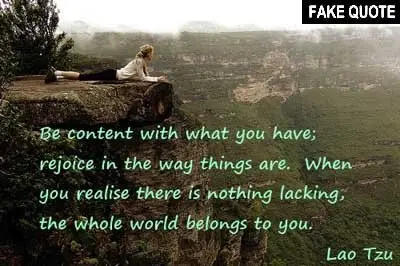
This is NOT a quote from Tao Te Ching:
"Be content with what you have; rejoice in the way things are. When you realize there is nothing lacking, the whole world belongs to you."
The Book
The Taoism of Lao Tzu Explained. The great Taoist philosophy classic by Lao Tzu translated, and each of the 81 chapters extensively commented. Click the image to see the book at Amazon (paid link).
More about the book here.
|
I have no problem with the first sentence of this quote, and neither would Lao Tzu. Chapter 80 of Tao Te Ching describes his ideal world and it is indeed a place where people are at peace with what they have and "rejoice in their daily life," even to the point that they don't ever feel the need to leave their habitat (my version):
They can see their neighbors.
Roosters and dogs can be heard from there.
Still, they will age and die
Without visiting one another.
Also, Lao Tzu would be fine with "there is nothing lacking" — but not with "the whole world belongs to you." The world definitely does not belong to anyone. That would be absurd. We inhabit the world, but none of us owns it. Instead, Lao Tzu insisted that we should be humble about our place in it. If we would try to control it, we would risk breaking it.
|
90 of the most spread false Lao Tzu quotes, why they are false and where they are really from. Book by Stefan Stenudd. Click the image to see the book at Amazon (paid link).
More about the book here.
|
He said in chapter 29:
Conquering the world and changing it,
I do not think it can succeed.
The world is a sacred vessel that cannot be changed.
He who changes it will destroy it.
He who seizes it will lose it.
And in chapter 48:
Never take over the world to tamper with it.
Those who want to tamper with it
Are not fit to take over the world.
Lao Tzu was very clear about the world being ruled by Tao, the Way, and no one or nothing else. For people to fit in, they needed to follow the Way. Otherwise they were headed for utter failure.
He was not the only one in ancient China to reject the idea of someone taking possession of the world. I dare say that all the thinkers of that era would have agreed whole-heartedly. The world was not something on which any human being could make a claim.
That hubris belongs to our time, and costs both us and the world dearly. In past eras, the earth was regarded as a place for human beings to find their places, not something to conquer. None would even dream it could be done.
In spite of the above, the quote examined here is from a version of Tao Te Ching, the very popular one by Stephen Mitchell from 1988. It is the end of chapter 44. As often with Mitchell, his wording deviates quite a lot from other versions. Here is mine:
Those who are content suffer no disgrace.
Those who know when to halt are unharmed.
They last long.
Here is that of James Legge from 1891. He put it in verse, as he did with the rhyming parts of Lao Tzu's text (page 88):
Who is content
Needs fear no shame.
Who knows to stop
Incurs no blame.
From danger free
Long live shall he.
And here is that of Lin Yutang in 1948 (page 218):
The contented man meets no disgrace;
Who knows when to stop runs into no danger -
He can long endure.
Nothing about owning the world, of course. Apart from that, though, Mitchell's version is in agreement with the others. Lao Tzu's message with these lines is that those who know to avoid excess will also avoid a lot of problems. For more about Stephen Mitchell and his version of Tao Te Ching, see the chapter A good traveler has no fixed plans.
Stefan Stenudd
September 13, 2020.
There are many more fake Lao Tzu quotes examined on this website.
Click the header to see a list of them.
Click the header to read a "fake" interview with Stefan Stenudd, the author of
Fake Lao Tzu Quotes.
My Taoism Books
Click the image to see the book at Amazon (paid link).
The Taoism of Lao Tzu Explained. The great Taoist philosophy classic by Lao Tzu translated, and each of the 81 chapters extensively commented.
More about the book here.
The Ancient Wisdom of the Tao Te Ching by Lao Tzu. 389 quotes from the foremost Taoist classic, divided into 51 prominent topics. Click the image to see the book at Amazon (paid link).
More about the book here.
Erroneous Tao Te Ching Citations Examined. 90 of the most spread false Lao Tzu quotes, why they are false and where they are really from. Click the image to see the book at Amazon (paid link).
More about the book here.
|
My Other Websites:
The 64 hexagrams of the Chinese classic
I Ching and what they mean in divination. Try it online for free.
The ancient Chinese life energy
qi (
chi) explained, with simple instructions on how to exercise it.
The many ancient and modern life force beliefs all over the world explained and compared.
Other Books by Stefan Stenudd
Click the image to see the book at Amazon (paid link).
The Greek philosophers and what they thought about cosmology, myth, and the gods.
The life energy
qi (also
chi or
ki) explained, with exercises on how to awaken, increase and use it.
Basic concepts of the peaceful martial art. Aikido principles, philosophy, and fundamental ideas.
Qi, prana, spirit, ruach, pneuma, and many other life forces around the world explained and compared.
Jungian theories on myth and religion examined, from Carl G. Jung to Jordan B. Peterson.
About me
I'm a Swedish author and aikido instructor. In addition to fiction, I've written books about Taoism and other East Asian traditions. I'm also an historian of ideas, researching ancient thought and mythology. Click the image to get to my personal website.

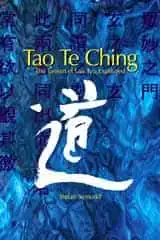 Tao Te Ching
Tao Te Ching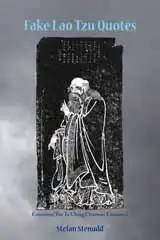 Now it's a book, too!
Now it's a book, too!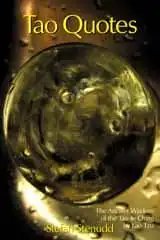 Tao Quotes
Tao Quotes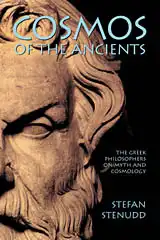 Cosmos of the Ancients
Cosmos of the Ancients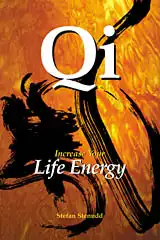 Qi — Increase Your Life Energy
Qi — Increase Your Life Energy Aikido Principles
Aikido Principles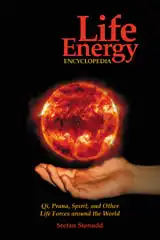 Life Energy Encyclopedia
Life Energy Encyclopedia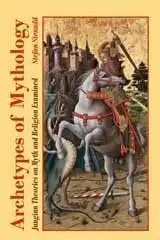 Archetypes of Mythology
Archetypes of Mythology Stefan Stenudd
Stefan Stenudd